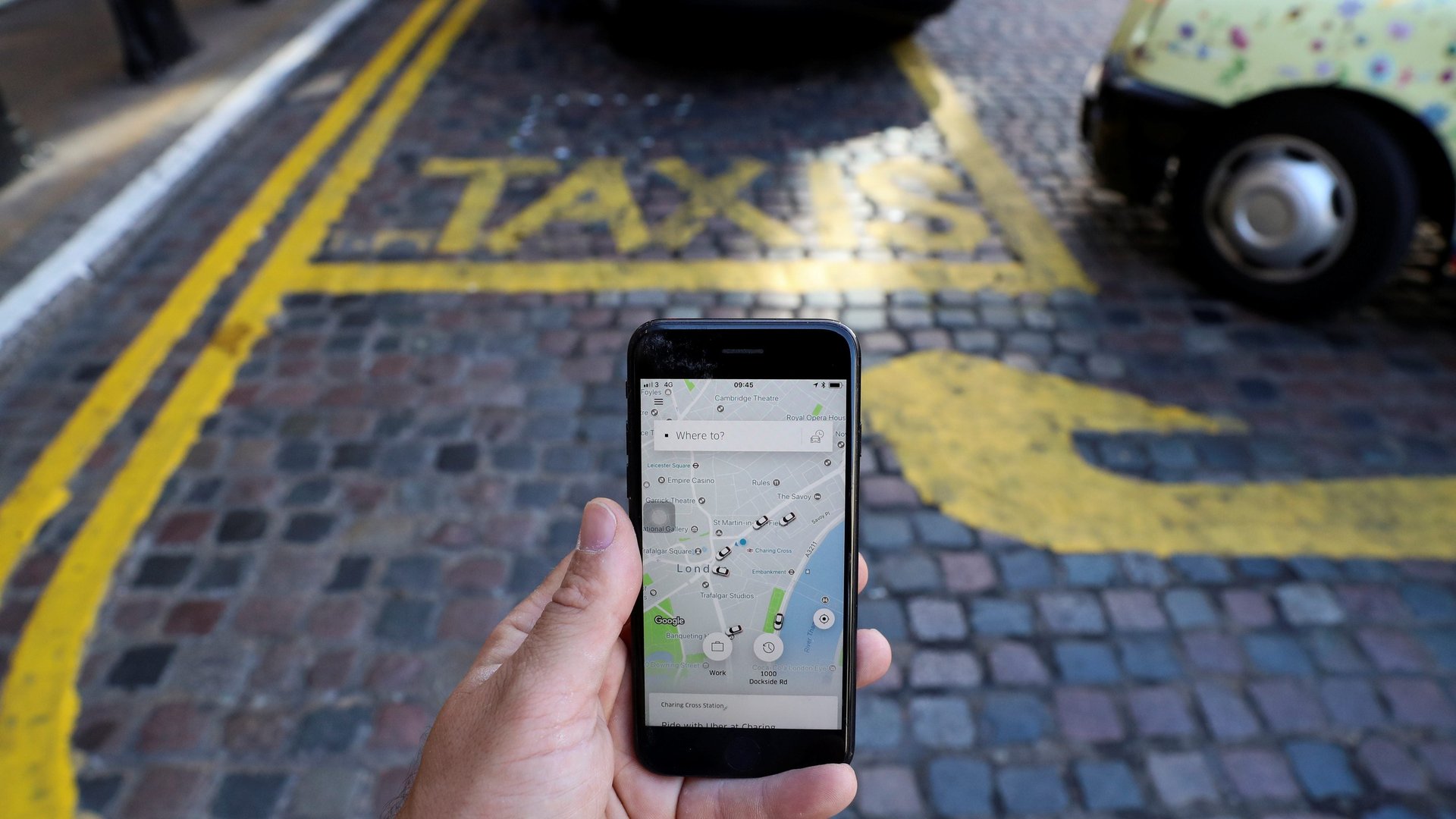Uber’s age of special treatment isn’t over
Uber has long believed that in revolutionizing the ride-hailing industry, it also was re-writing the rules of work.


Uber has long believed that in revolutionizing the ride-hailing industry, it also was re-writing the rules of work.
It was right.
California voters on Nov. 3 approved Proposition 22, a statewide ballot initiative attempting to redefine the employment status of gig workers in the app-based economy.
The yes vote on Prop 22, the costliest ballot initiative in California history, means that app-based ride-hailing and delivery companies won’t need to classify workers as employees instead of contractors, or pay into benefits like workers compensation and health insurance in California.
Uber has long campaigned for a “third way” of classifying workers, with drivers receiving limited benefits while still being classified as contractors. Prop 22 guarantees gig workers new, limited healthcare subsidies and accident insurance, some reimbursement to account for gas and other vehicle costs, and a “minimum earnings guarantee” equal to 120% of the minimum wage applied to the drivers’ “engaged” time (defined as the time between accepting a ride request and completing the trip).
Those concessions were offered in exchange for an exemption from a new state labor law, known as AB5, which makes more difficult for businesses to classify California workers as contractors.
The gig companies—including Uber, Lyft, DoorDash, and Instacart—spent over $200 million in support of the proposition, indicating just how much was at stake. Their opponents spent less than $20 million, according to Ballotpedia.
If it were forced to re-classify workers as employees, Uber warned that the price of rides would go up, and that the shift in employment classification would reduce its fleet of active drivers per quarter in the state by more than 75%, from 209,000 to an estimated 51,000. Various estimates suggested that labor costs for the gig companies would rise by 20% to 30% were the AB5 exemption not granted. But with more than 70% of the votes tallied, the Associated Press projected that the proposition passed with 58.4% of the votes in favor of the measure.
Uber shares rose more than 11% in pre-market trading, to $40 a share.
Uber is used to getting its way
According to Reuters, 9% of Uber’s business and 16% of Lyft’s is in California. The companies flooded the airwaves, social media, mailboxes—and even food deliveries—pushing the narrative that drivers want the flexibility that comes with being an independent contractor. To be sure, many drivers want the flexible status, but labor law experts say it’s possible to have both.
For years, the gig companies, backed by cash from venture capitalists, built their businesses by selling cheap rides and deliveries, while classifying drivers as contractors to keep costs low. The companies would flood markets with drivers to help reduce passengers’ wait time but at the same time would make it harder for workers to get more pay overall. In its IPO filing, Uber, which went public last year, warned that classifying drivers as employees would be an investment risk.
As Tony West, Uber’s chief general counsel, has said, “Uber is no stranger to legal battles.” The company has long battled with state and local regulators in some of the biggest markets it operates in, making aggressive moves into new markets to grow and apologizing later if it overstepped local laws in the process.
It also got used to getting its way. For instance, in 2016, the company left the city of Austin, Texas, after regulation required fingerprinting drivers during background checks. But Uber returned the next year, after the Texas governor signed a law overriding the city’s rules. In New York City, Uber ran a campaign on taxi drivers being discriminative toward people of color, leading to City Hall dropping a bill that would have capped the number of Uber drivers in 2015.
The company’s playbook would influence other hot tech companies such as Airbnb, Bird, and Juul, which have either battled rules crafted for a different era or invited new regulations addressing their business models.
Uber and AB5
Assembly Bill 5, the California labor law that made it harder for gig workers to be reclassified as employees, came along in 2019. It would codify the “ABC” test from the California Supreme Court’s 2018 Dynamex decision: If the worker is free from company’s control, performs work outside the “usual course of business,” and is independent of the business, then the person is likely to be a contractor. While gig workers do not have much control over where their work takes them and are managed indirectly by algorithms and user-based rating systems, the companies would continue to avoid the law, arguing that drivers are contractors and not employees.
Since AB5 went into effect this year, Uber has made tweaks to its service including allowing drivers to see fares upfront and to reject rides without penalty.
But what AB5 really did was to embolden other regulators—influenced by workers organizing both in the US and globally—in some of the most active markets where the ride-hailing giants operate. In July, the Massachusetts attorney general filed a lawsuit against the gig companies, challenging how Uber and Lyft classify drivers. (Incidentally, as independent contractors, gig workers are not able to file class-action lawsuits. ) The action in Massachusetts comes after the California state attorney general and city attorneys of San Francisco, Los Angeles, and San Diego sued the gig companies to enforce AB5.
It’s probably too soon to say how the yes vote on Prop 22 will influence attempts at regulation in other states, like New York. What’s clear is that without the exemption afforded by Prop 22, Uber’s business model would have faced an existential threat. The company’s money and influence, however, was enough to change its fate in the state where hailing a car via an app all started.